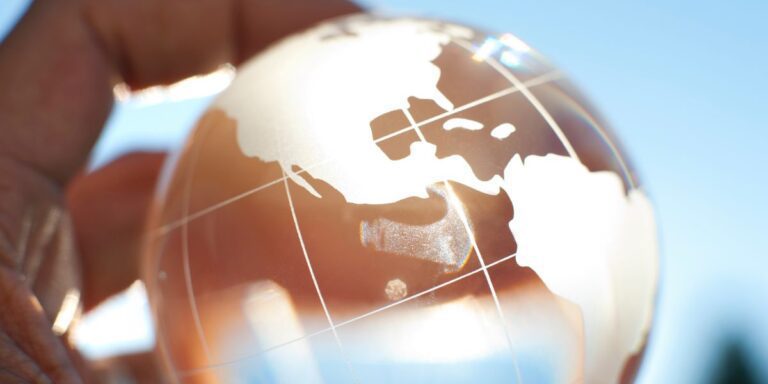April 30, 2025, marks International Workers’ Day (also known as Labour Day in many countries), a global observance dedicated to honoring the contributions of workers worldwide and advocating for workers’ rights. Rooted in the labor movements of the late 19th century, the day has evolved into an occasion to celebrate the achievements of the labor movement while addressing the ongoing fight for fair working conditions, living wages, and worker protections.
A Historical Reflection
International Workers’ Day traces its origins to the Haymarket affair in Chicago in 1886, a pivotal moment in the labor movement where workers were protesting for an eight-hour workday, demanding safer working conditions and fairer treatment. The observance was born out of these struggles, and over the years, it has become a symbol of solidarity and resistance for workers everywhere, transcending national borders to become an international day of action and reflection.
Since then, May Day (as it’s known in some countries) has been marked by rallies, protests, and public demonstrations in solidarity with workers’ movements. Over the years, the observance has spread worldwide, serving as a powerful reminder of the ongoing fight for workers’ rights and fair labor standards.
Global Celebrations and Calls for Action
In 2025, International Workers’ Day will be marked by rallies, speeches, and solidarity events in cities across the globe. From major urban centers like Paris, Berlin, and New York, to smaller communities, workers will unite to commemorate the day with calls for justice, fair wages, and working conditions that prioritize dignity and safety.
For many, this day represents more than just a celebration of past victories—it’s also a call to action to address ongoing issues faced by workers worldwide. Key topics in 2025 will include:
- Wage Inequality: Despite the progress made in certain areas, wage disparities persist, with many workers still struggling to make ends meet, especially in lower-paying industries. International Workers’ Day highlights the need for equitable wages, including addressing the gender pay gap and disparities between different sectors.
- Labor Rights: In many parts of the world, labor rights are under threat, with workers facing exploitation, unsafe working conditions, and lack of job security. The observance is a chance to demand stronger protections, union rights, and access to healthcare and benefits for all workers, regardless of industry.
- Fair Treatment: The theme of fair treatment remains central to International Workers’ Day, with a focus on ensuring that workers are not subject to discrimination, harassment, or abuse in the workplace. It also addresses the need for diversity and inclusivity in labor practices.
The Importance of Solidarity
International Workers’ Day is not just about highlighting the struggles of workers; it is also about solidarity—the collective power of working people coming together to demand change. Across the globe, unions, workers’ rights organizations, and social movements will organize events that call for unity and action. In 2025, these events will range from peaceful marches to online campaigns that highlight the struggles faced by workers in industries like healthcare, education, transportation, construction, and technology.
In countries like Mexico, Brazil, and South Africa, International Workers’ Day will also serve as an opportunity to celebrate cultural and regional contributions to the labor movement, recognizing the unique challenges and victories of workers in different contexts. From rural workers to urban laborers, the global observance is a reminder that the fight for worker rights is ongoing and requires collaboration across borders.
A Day of Reflection and Progress
As much as it is a day for rallying cries, International Workers’ Day is also an occasion for reflection. It is a time to recognize the victories achieved by the labor movement, such as the establishment of weekends, paid leave, and health and safety regulations—gains that many take for granted today.
Yet, despite these significant achievements, the fight for workers’ rights continues, especially in the face of global economic inequality, automation, and gig economy jobs, which often offer fewer protections and benefits. Workers in precarious industries continue to face job insecurity, low wages, and poor working conditions, underscoring the need for ongoing advocacy and activism.
Looking to the Future
International Workers’ Day in 2025 will also serve as a platform for advocating future solutions to these challenges. Discussions will likely focus on:
- The role of technology in reshaping labor markets, and the need for digital worker protections as more people work remotely or in tech-driven sectors.
- Expanding worker participation in corporate governance and decision-making, ensuring that workers have a voice in shaping the future of work.
- Addressing climate change and its impact on workers in vulnerable industries, like agriculture, construction, and energy, and promoting green jobs as a sustainable future for workers.
A Global Day of Unity and Empowerment
International Workers’ Day 2025 will not only be a celebration of past victories but also a reminder of the work that still needs to be done. It will unite workers and activists in a global movement, advocating for fairness, justice, and human dignity in the workplace. As the world faces new challenges—from economic inequality to environmental crises—the observance will continue to emphasize that the fight for worker rights is central to building a more equitable and sustainable world for all.
In the end, International Workers’ Day serves as both a celebration of progress and a reminder that there is always more to be done in the pursuit of justice for workers everywhere.


